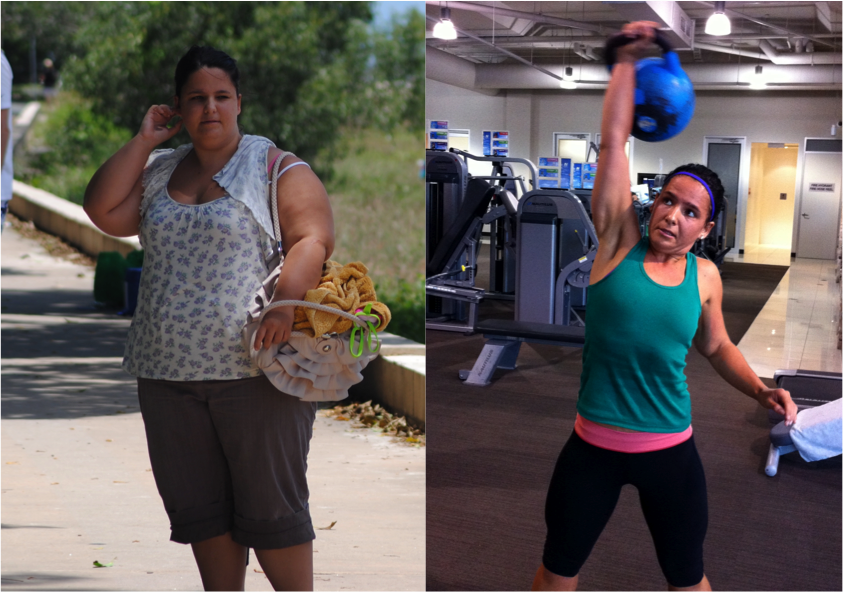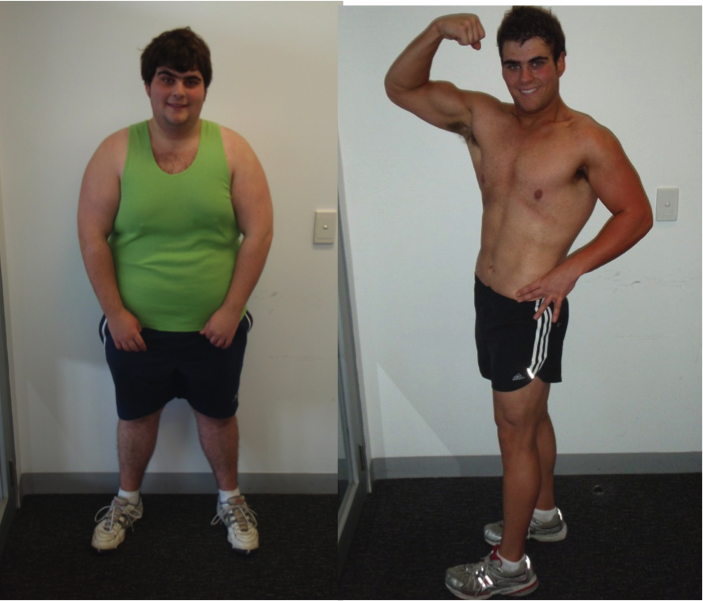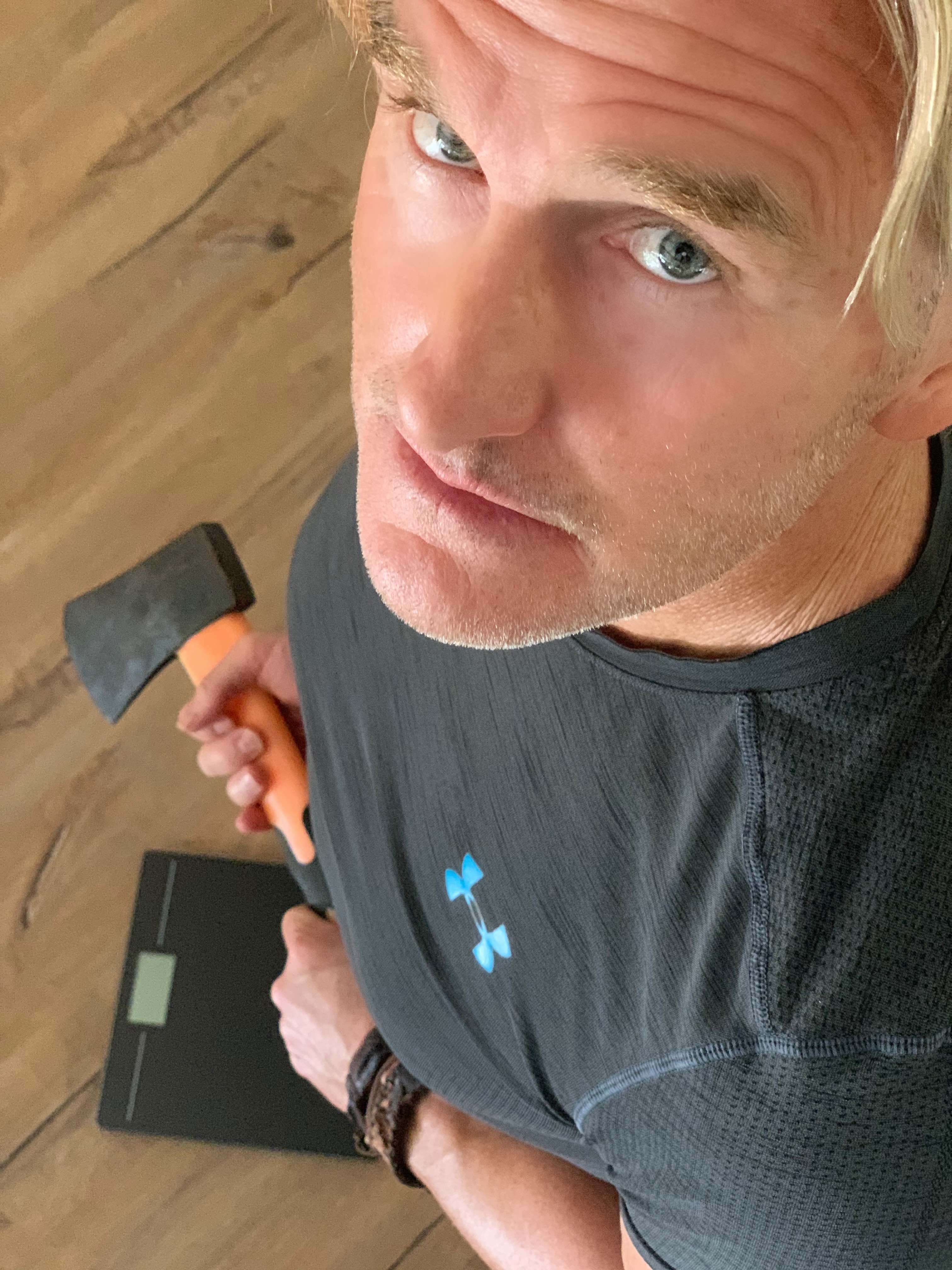 Dr Paul Cribb PhD.
Dr Paul Cribb PhD.
Ever found yourself blaming a ‘slow metabolism’ for your lack of progress?
Even worse, you hear those horribly fortunate souls gleefully getting away with eating anything due to their fast metabolism?
What is a slow metabolism and what does it mean for your fat loss efforts?
Metabolism is a term used to describe the billions of complex chemical reactions that keep us alive and functioning every day.

Collectively, these reactions ultimately determine –
• How you look (body composition and shape),
• Function (energy production) and
• Feel (health).
If you think you do have a slow metabolism, there is good news.
You’re probably wrong.
According to one interesting study we’re actually quite terrible at guessing if we have a fast or slow metabolism. [1]
Through a series of questions, researchers carefully asked a group of 56 healthy participants to predict their metabolism as being fast (high) or slow (low).
The researchers then measured the participants Basal Metabolic Rate (BMR), often known as ‘resting metabolism’.
Your BMR refers to the amount of energy your body requires to function each day.

An average man has a BMR of around 7,100 kJ per day, while an average woman has a BMR of around 5,900 kJ per day. Energy expenditure is continuous, but the rate can vary throughout the day. [2]
In this research, physical activity, food consumption, BMR and thyroid hormones for all participants were assessed.
The Researchers discovered most participants failed to predict their metabolism correctly, as being fast or slow.
That is, most that presumed they had a fast metabolism were wrong.
So were the majority of the participants that thought they had a slow metabolism.
They also found no statistical differences in other variables such as thyroid function in people who assumed they had a fast or slow metabolism.
The factors that influence your metabolism to help shed those unwanted kilos
So if most of us can’t tell whether we really do have a fast or slow metabolism, what factors can influence your metabolism to help shed those unwanted kilos?

Several key factors can influence your metabolism to help shed those unwanted kilos. Transformation – Warwick Millard
#1. The amount of muscle tissue you have. Muscle plays a pivotal role in creating a metabolism that burns fat and keeps a body lean and healthy. The trouble is adults lose muscle easily. Even a healthy adult can expect to lose around 7kgs of lean muscle and replace it with 15kgs of body fat over their lifetime [3].
#2 The amount of fat tissue you have. Fat cells burn far fewer kilojoules than most other tissues and organs of the body [4].
#3 Crash dieting, starving or fasting. Eating too few kilojoules encourages the body to slow metabolism to conserve energy. BMR can drop by up to 15% and if muscle tissue is also lost, this reduces BMR even further [4,5].
#4. Eating increases metabolic rate. Energy is required to digest and process food. The rise occurs soon after you start eating, and peaks two to three hours later [1,2].
Different foods raise BMR by differing amounts. This rise can range between 2- 30% depending on the size of the meal and the types of foods eaten [2]. For example:
• Fats raise the BMR from 0-5%.
• Carbohydrates raise the BMR 5–10%.
• Proteins raise the BMR 20–30%.
#5. Perform resistance exercise designed to build muscle. More than any other type of activity, resistance exercise channels the nutrition you consume towards muscle and away from fat cells – reducing the risk of weight gain type-2 diabetes and cardiovascular disease. That’s what we showed in my published studies [6].
#6. Exercise consistently. Aside from eating, exercise is the only form of energy expenditure that we have any control over. Vigorous exercise teaches muscles to burn carbohydrates and fats for fuel. Trained muscles metabolise more energy during and after workouts [7].
#7 Be persistent. Unfortunately the older we get the less efficient those metabolic pathways become and, the easier it becomes to store that extra energy as fat. What’s equally clear is the research on how powerful and accumulative the metabolic health benefits of exercise training and nutrition that build muscle are. It’s the cornerstone for constructing a metabolism that keeps you looking, feeling and functioning better for longer [8,9,10].
References
1. Comparison of the subjective sense of high or low metabolism and objectively measured resting metabolic rate. Wallhuss A, Isik M, Nystrom FH. Scand J Clin Lab Invest. 2010 Sep;70(5):334-7
2. Dietary Energy, 2019, National Health and Medical Research Council (NHMRC), Australian Government.
3. Forbes GB. Longitudinal changes in adult fat-free mass: influence of body weight. Am J Clin Nutr. 70:1025-1031 1999.
4. A low resting metabolic rate is associated with metabolic syndrome. Buscemi S, Verga S, Caimi G, Cerasola G. Clin Nutr. 2007 Dec;26(6):806-9.
5. Effects of habitual physical activity on the resting metabolic rates and body compositions of women aged 35 to 50 years. Gilliat-Wimberly M, Manore MM, Woolf K, Swan PD, Carroll SS. J Am Diet Assoc. 2001 Oct;101(10):1181-8.
6. Effects of supplement timing and resistance exercise on skeletal muscle hypertrophy. Cribb PJ, Hayes A. Med Sci Sports Exerc. 2006 Nov;38(11):1918-25
7. Metabolic flexibility. Storlien L, Oakes ND, Kelley DE. Proc Nutr Soc. 2004 May;63(2):363-8
8. Protein “requirements” beyond the RDA: implications for optimizing health. Phillips SM, Chevalier S, Leidy HJ.Appl Physiol Nutr Metab. 2016 May;41(5):565-72.
9, The effect of resistance training on health-related quality of life in older adults: Systematic review and meta-analysis. Hart PD, Buck DJ. Health Promot Perspect. 2019 Jan 23;9(1):1-12
10. The Importance of Resistance Exercise Training to Combat Neuromuscular Aging. Lavin KM, Roberts BM, Fry CS, Moro T, Rasmussen BB, Bamman MM. Physiology (Bethesda). 2019 Mar 1;34(2):112-122
